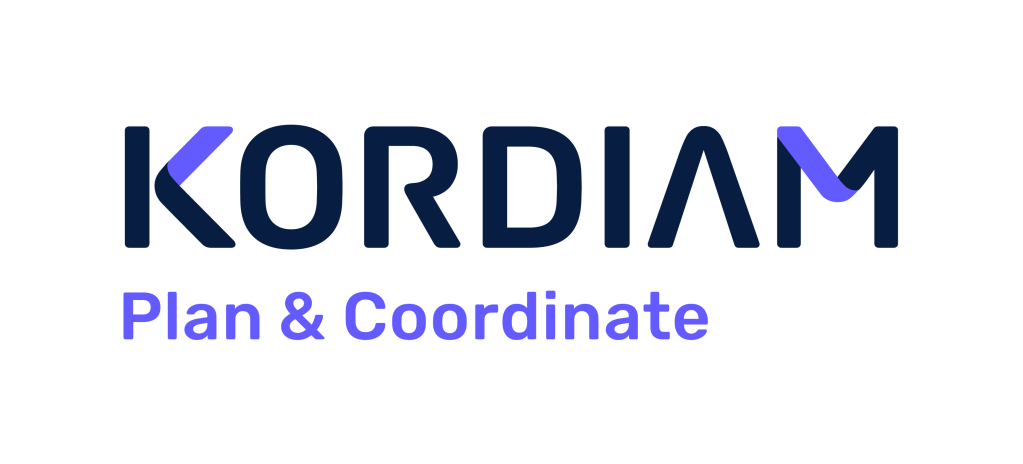[This is a sponsored post from ONA supporter Desk-Net. With Desk-Net, you take control of your newsroom and make sure you are delivering the right stories to your audiences at the right time and in the right place. If you’re keen to find out more about Desk-Net, simply visit our website and sign up for a free trial period.]
The era of content abundance coupled with the move from print to digital has brought about significant changes in how newsrooms plan their content. Gone are the days when gatekeepers controlled the flow of information and the competition was limited.
Now, with the abundance of information available and strong competition through social media and other channels, newsrooms must adapt to stay relevant.
One of the key ways to plan content in the era of content abundance is to focus on what readers really want to read. This means understanding their interests, needs and preferences. To do this, newsrooms should pay attention to metadata, such as topics, audiences and user needs.
By understanding what their readers are looking for, newsrooms can tailor their content to meet their needs and keep them engaged.
Encompassing readers’ interests and needs in day-to-day planning
Editorial planning in the newsroom is expanding beyond reviewing event lists and covering them into multiple dimensions, including audiences, user needs and topic interests. The combination of these three elements is becoming crucial in determining the content that is produced.
For example, a newsroom may target families with children as their audience. This group may have a specific interest in school or housing-related news, as well as a desire to be informed or inspired by the news. On the other hand, a young city-dweller audience may be more interested in cultural topics and has a need for entertainment.
This obviously requires some planning to ensure that there is a steady flow of content that considers all these multifaceted dimensions. In the future, newsroom planning may evolve into a newsroom matrix to encompass all facets of their audiences.
How to integrate metadata into your workflow
Integrating metadata into your workflow can be a powerful way to improve the effectiveness of your newsroom’s content planning. To get started, it’s important to first define your metadata categories, such as topics, and then to regularly review them to ensure they are relevant and useful for your audience.
Once you’ve defined your metadata categories, communicate them to the entire newsroom, including the background and reasoning behind them. This will help ensure that everyone understands their importance and how they should be used in the content planning process.
Next, make it mandatory for everyone to use the metadata categories when creating and editing content. This can be done by tracking which pieces of content have been tagged with the appropriate metadata and editing those that haven’t. This will ensure that all content is properly categorized and easily searchable by topic.
Finally, use the metadata in a forward-thinking way, such as asking, “Do we have enough content on X topic in the next few days?” rather than reviewing it in retrospect (“Did we have enough last week?”). This approach will help your newsroom to better plan and create content that meets the needs and interests of your audience.
Want to learn more about the trends newsrooms can expect to see in 2023? Check out our blog post on newsroom content planning.


